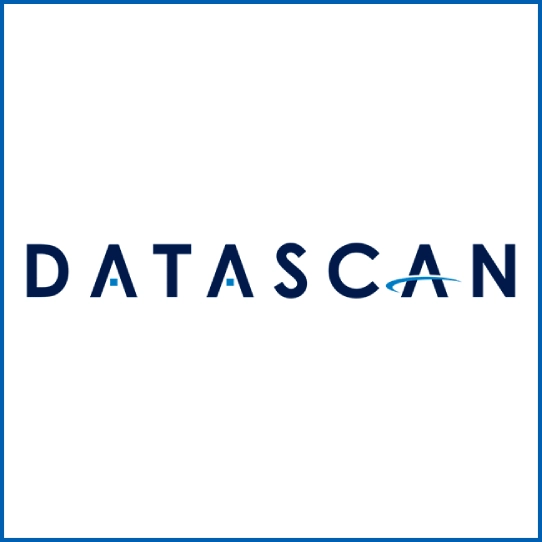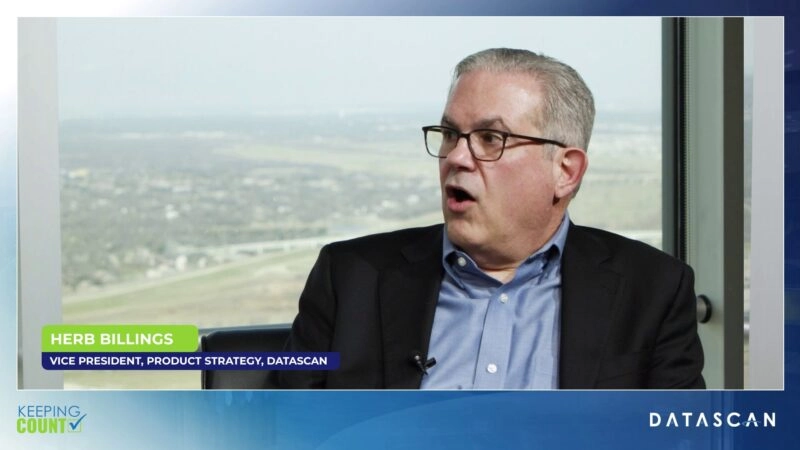Keeping Count: RFID History and How It is Used Today
While many have likely not heard of radio frequency identification (RFID), most consumers are using it. Card tap payment—the one that allows you to skip the fuss of inserting your card into the reader — is an example of RFID. Datascan’s VP of Technology Strategy, Herb Billings, explains the uses of RFID technology with host Tyler Kern.
RFID is a chip with a globally unique identifier in it and an antenna that can be read using radio waves. While this technology may appear new, its origins start in WWII.
First developed by the British to help them distinguish friend and foe airplanes, it was later adopted for electronic article surveillance seeing much commercial success. In the modern age, RFID technology is found in everyday conveniences, from hotel door locks and vehicle toll tags, and industries from agriculture to retail.
There are two main types of RFID: active and passive. With active RFID, there is a power source, such as a battery, that delivers a longer read range. Passive RFID has no power source, causing a shorter read range.
Datascan understands the potential for this technology, and retailers look to RFID to improve their inventory management, customer experience, and bottom line.




